In today’s textile industry, there are countless options available to manufacturers and consumers alike. Two popular choices, rayon and polyester fabric, offer unique characteristics and advantages that make them a valuable addition to diverse applications. This article aims to delve into the properties, benefits, and uses of rayon and polyester, highlighting their versatility and importance in various industries. 1. Understanding Rayon Fabric: Rayon is a semi-synthetic fabric made from cellulose fibers, typically derived from wood pulp. Although it falls under the umbrella of “synthetic fibers,” rayon undergoes a chemical treatment process, making it technically a regenerated fiber. Being a lightweight material, rayon drapes beautifully, making it suitable for garments such as dresses, blouses, and lingerie. Rayon fabrics possess excellent breathability and moisture absorption, providing comfort even in warm climates. Additionally, it accepts dyes easily, resulting in vibrant and richly colored textiles.
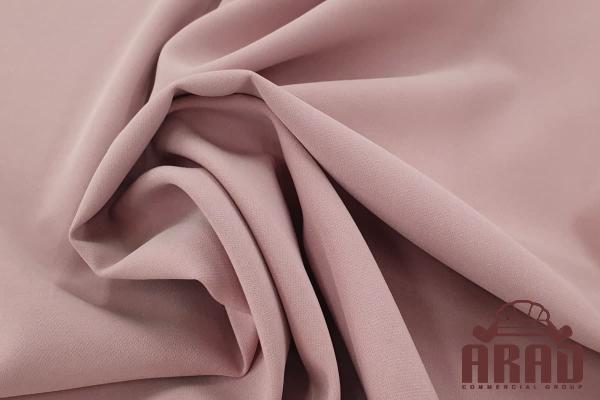
.
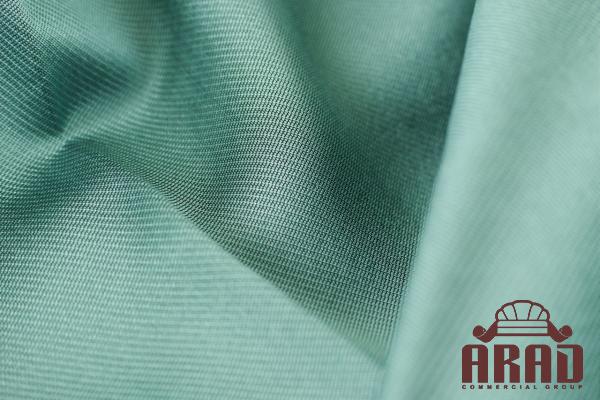 2. Advantages of Rayon: – Versatility: Rayon can imitate natural fibers like cotton, silk, and wool, offering a cost-effective alternative to luxury fabrics. – Comfort: Its soft and smooth texture, coupled with its breathability, enables the fabric to be comfortable against the skin, making it ideal for summer clothing. – Drape: Rayon has a natural, flowing drape, allowing garments to effortlessly follow body contours and movements. – Moisture Absorption: As rayon effectively absorbs moisture, it helps to keep the wearer cool and dry, making it an excellent choice for athletic or active wear. 3. Exploring Polyester Fabric: Polyester is a fully synthetic fabric made from petroleum and petrochemical derivatives. Known for its durability and affordability, polyester is widely used in various industries such as apparel, home furnishings, and automotive textiles. Polyester fibers exhibit high tensile strength, resistance to wrinkles, and exceptional color retention. Additionally, polyester fabrics tend to be resilient, making them long-lasting and easy to care for.
2. Advantages of Rayon: – Versatility: Rayon can imitate natural fibers like cotton, silk, and wool, offering a cost-effective alternative to luxury fabrics. – Comfort: Its soft and smooth texture, coupled with its breathability, enables the fabric to be comfortable against the skin, making it ideal for summer clothing. – Drape: Rayon has a natural, flowing drape, allowing garments to effortlessly follow body contours and movements. – Moisture Absorption: As rayon effectively absorbs moisture, it helps to keep the wearer cool and dry, making it an excellent choice for athletic or active wear. 3. Exploring Polyester Fabric: Polyester is a fully synthetic fabric made from petroleum and petrochemical derivatives. Known for its durability and affordability, polyester is widely used in various industries such as apparel, home furnishings, and automotive textiles. Polyester fibers exhibit high tensile strength, resistance to wrinkles, and exceptional color retention. Additionally, polyester fabrics tend to be resilient, making them long-lasting and easy to care for.
..
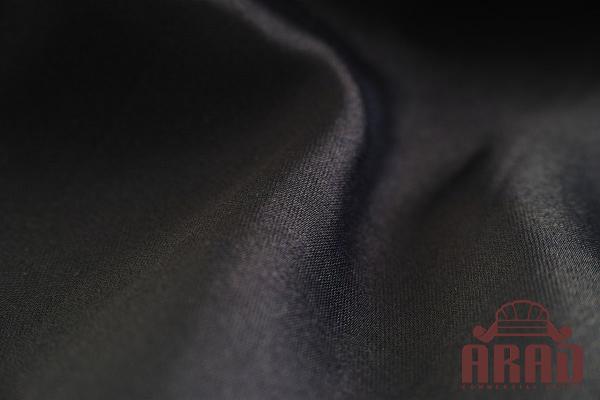 4. Advantages of Polyester: – Durability: Polyester fabrics possess superior strength, ensuring that they maintain their shape and form even after multiple uses and washes. – Wrinkle Resistance: Clothing made from polyester fabric resists wrinkles, making it an ideal choice for travel or formal wear. – Quick Drying: Polyester has low moisture absorbency, allowing it to dry quickly. This feature is particularly advantageous in swimwear, sportswear, and outdoor garments. – Fade Resistance: Colors in polyester fabrics remain vibrant even after prolonged exposure to sunlight, making it ideal for outdoor upholstery and apparel. 5. Applications and Industries: Both rayon and polyester fabrics find application in an array of industries.
4. Advantages of Polyester: – Durability: Polyester fabrics possess superior strength, ensuring that they maintain their shape and form even after multiple uses and washes. – Wrinkle Resistance: Clothing made from polyester fabric resists wrinkles, making it an ideal choice for travel or formal wear. – Quick Drying: Polyester has low moisture absorbency, allowing it to dry quickly. This feature is particularly advantageous in swimwear, sportswear, and outdoor garments. – Fade Resistance: Colors in polyester fabrics remain vibrant even after prolonged exposure to sunlight, making it ideal for outdoor upholstery and apparel. 5. Applications and Industries: Both rayon and polyester fabrics find application in an array of industries.
…
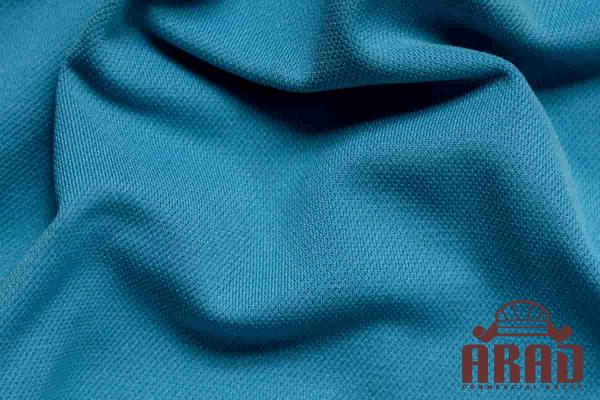 Rayon is primarily used in the fashion industry for creating lightweight summer garments, linings, and accessories. Polyester, on the other hand, finds extensive use in sportswear, outdoor gear, upholstery, carpeting, and technical textiles. Conclusion: Rayon and polyester fabrics offer distinct advantages and versatility that make them indispensable in the textile industry. Whether it’s the comfort, drapability, and moisture absorption of rayon or the durability, wrinkle resistance, and color retention of polyester, both fabrics cater to different needs and preferences. Understanding the properties and benefits of these fabrics allows manufacturers and consumers to make informed decisions when it comes to selecting the most suitable textile for their specific applications.
Rayon is primarily used in the fashion industry for creating lightweight summer garments, linings, and accessories. Polyester, on the other hand, finds extensive use in sportswear, outdoor gear, upholstery, carpeting, and technical textiles. Conclusion: Rayon and polyester fabrics offer distinct advantages and versatility that make them indispensable in the textile industry. Whether it’s the comfort, drapability, and moisture absorption of rayon or the durability, wrinkle resistance, and color retention of polyester, both fabrics cater to different needs and preferences. Understanding the properties and benefits of these fabrics allows manufacturers and consumers to make informed decisions when it comes to selecting the most suitable textile for their specific applications.

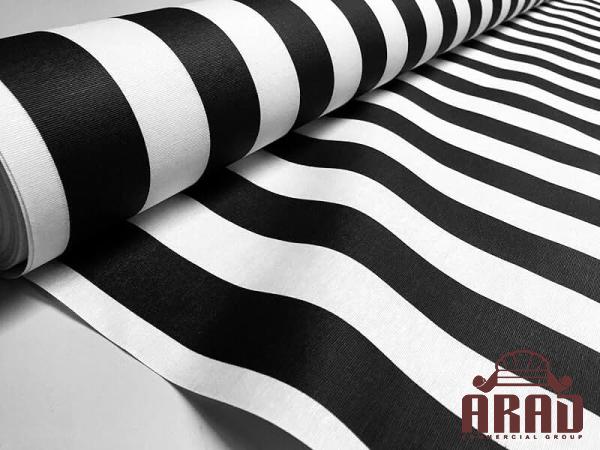
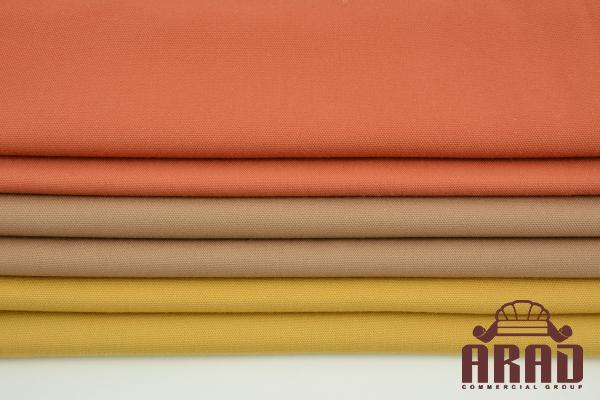
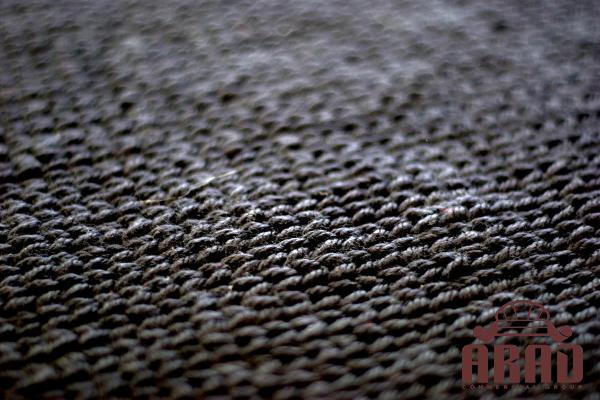
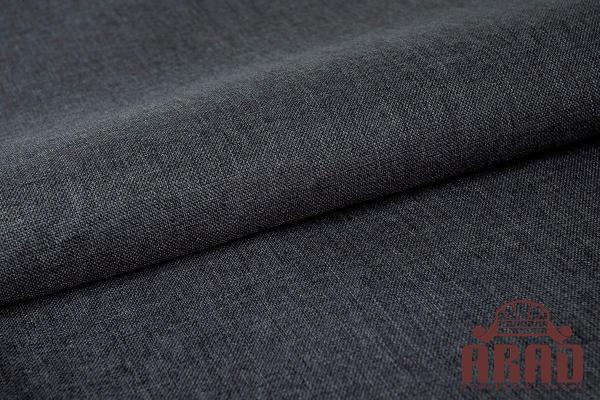

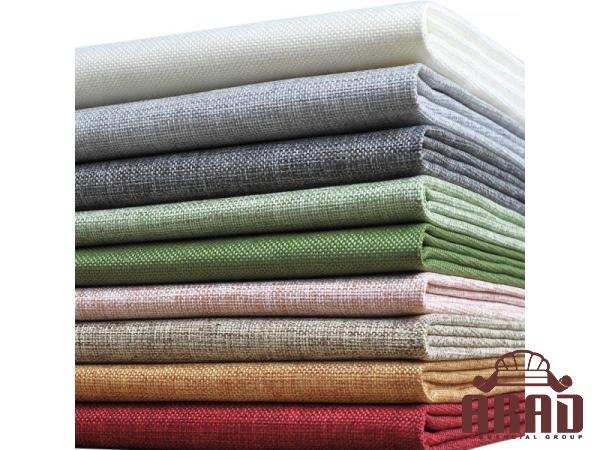
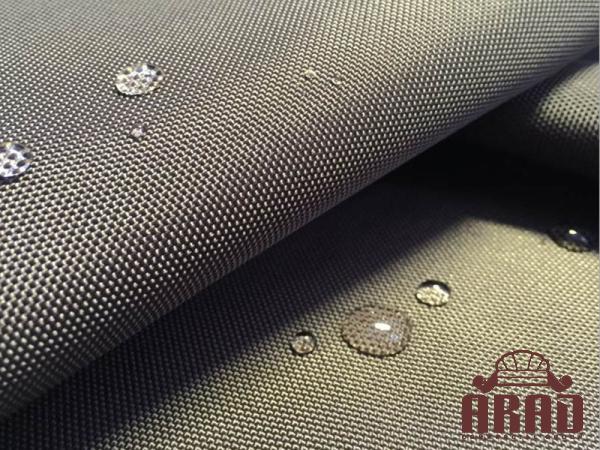
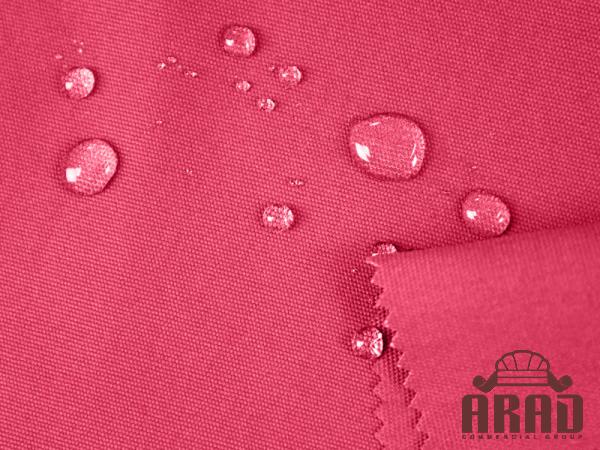
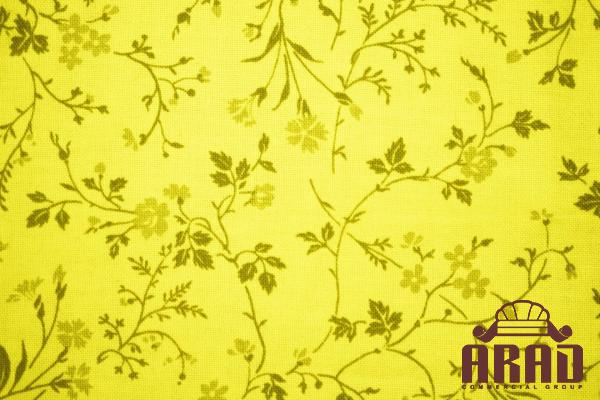
Your comment submitted.